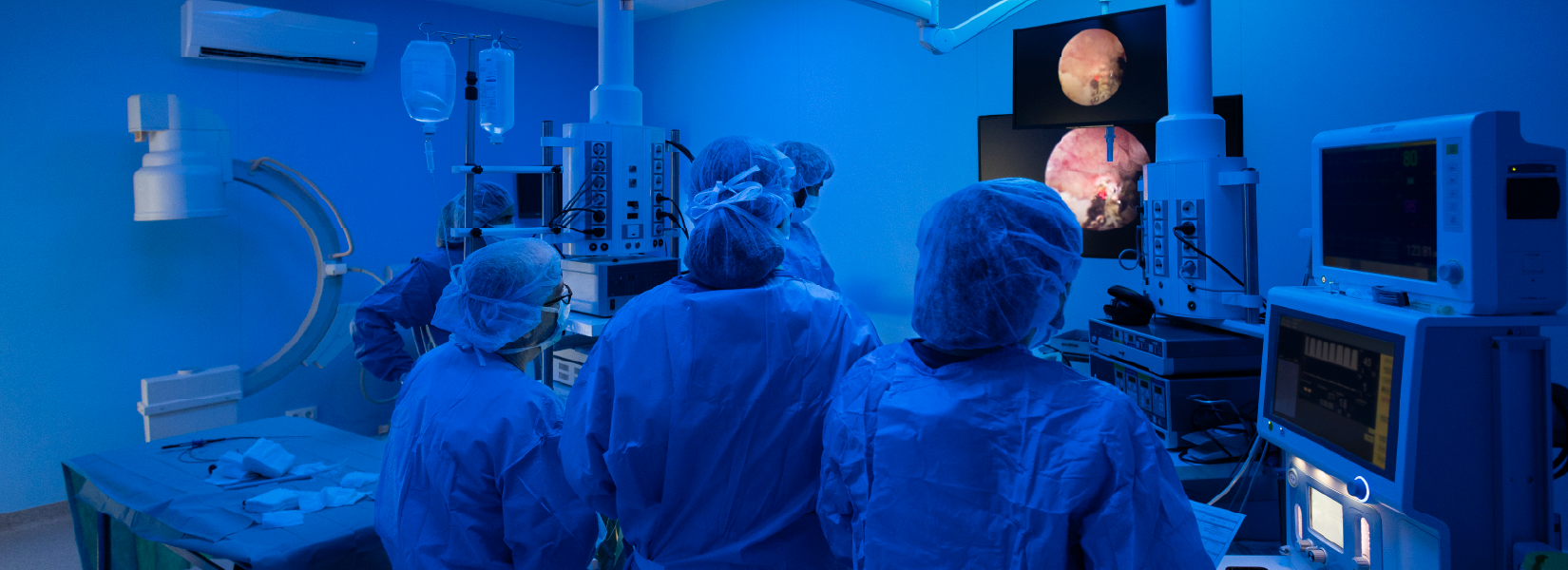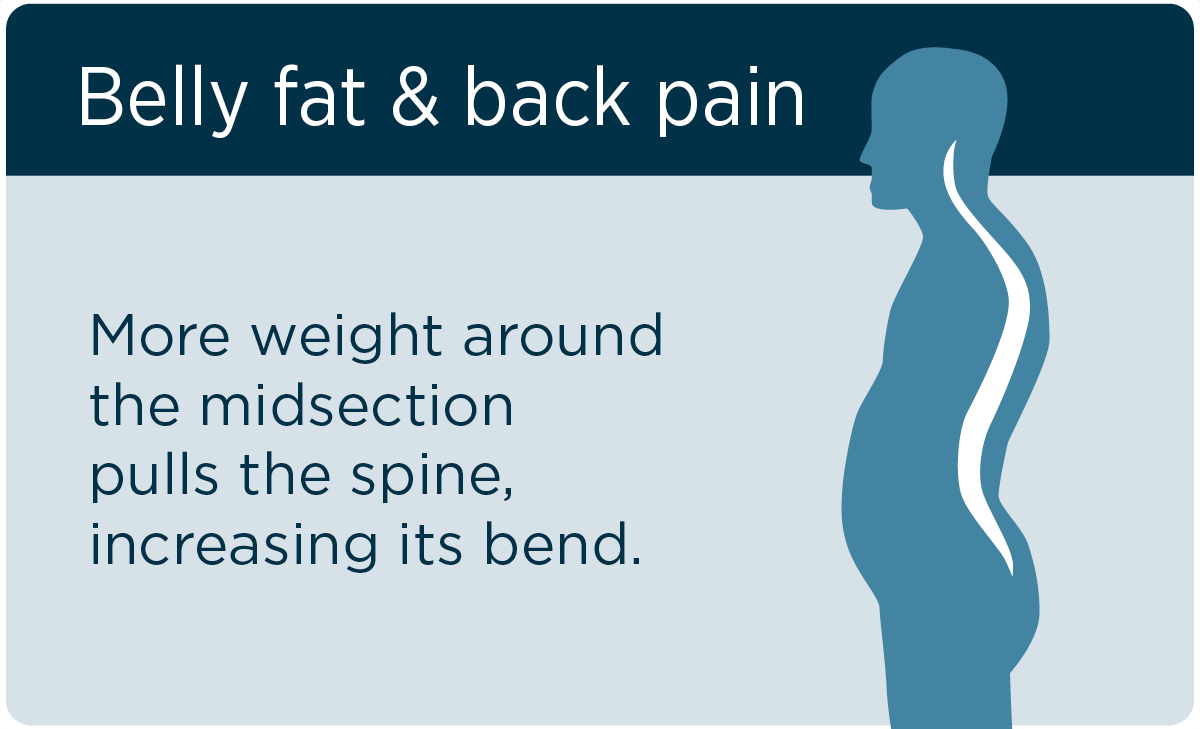Breast reconstruction is a common procedure that uses soft tissue flaps and/or implants to reconstruct a breast for patients after a mastectomy surgery for breast cancer.

A mastectomy is a surgical operation to remove one or both breasts. It is a treatment option for breast cancer or can be a preventive step women take if they are at high risk for breast cancer.
Most surgeons that perform mastectomies recommend their patients see a plastic surgeon about reconstruction before the mastectomy.
“Having a conversation about breast reconstruction before mastectomy allows the patient to better understand their options so the surgical team can come up with the best plan for the desired outcome,” said Dr. Michael Harl, plastic surgeon with Marshfield Clinic Health System.
While it is recommended to have these conversations before mastectomy, breast reconstruction can be discussed and completed after treatment.
Options for breast reconstruction after treatment are tailored to different factors, such as whether you had radiation therapy, how much skin was saved, your desire to use your own tissue, whether you have enough tissue to transfer, or are using implants to take the place of missing breast tissue.
In appropriate patients, there are two main choices for breast reconstruction:
- Using your autologous tissue
- Using implants
Breast reconstruction using your autologous tissue
In general, the options for autologous tissue involve removing tissue from your abdomen, back, thigh or buttocks for use in reconstructing your breasts.
“When making a decision to use autologous tissue, your surgeons can help you assess your available tissue to help you choose the best breast reconstruction options for your situation,” Dr. Harl said.
The tissue that is used is called a flap and typically contains skin, fat, blood vessels and sometimes muscle. The flap can be a pedicled flap or free flap. A pedicled flap is where the blood vessels and tissue are moved together. A free flap is where the tissue is removed from its blood supply, so the blood vessels need to be reconnected using a technique called microsurgery.
Common flaps from the abdomen or back include the DIEP flap, LD flap, SIEP flap or TRAM flap.
Flaps from the thigh or buttocks are typically only reserved for patients with previous abdominal surgery or that have limited tissue on their abdomen or back. These flaps typically require a breast implant to get the desired breast volume. Common flaps from the thigh or buttocks include the IGAP flap, PAP flap, SGAP flap and TUG flap.
Breast reconstruction using implants
For implants, rarely can a permanent implant be placed at the time of the mastectomy. Skin of the breast after mastectomy is delicate and has very limited circulation, which improves over time. Stressing it with too large of an implant risks almost certain failure and loss of skin. Placing a tissue expander allows judgment about how much fluid to add.
A tissue expander is a temporary breast implant filled over time to bring the breast safely to the right size and shape for the permanent implant. The implant is usually filled through injection with a needle into a port underneath the skin that may be part of the implant.
You can typically choose between saline-filled and silicone-gel filled implants. Both are FDA approved, with each having advantages and disadvantages. Your surgeon can help you choose from the different types of implants.
Breast reconstruction considerations
When considering breast reconstruction, there are many different considerations you may need to weigh with your surgeon.
If you need radiation therapy after a mastectomy, your surgeons may recommend you wait for breast reconstruction until after treatment. Wound healing problems or infections can occur for reconstructed breasts with implants that have to undergo radiation therapy. Breast reconstruction using autologous tissue typically occurs after radiation therapy treatments so the radiation therapy doesn’t damage the new tissue.
Many factors also impact breast appearance after reconstruction. Some breast shapes are easier to reconstruct than others. Other factors include whether you received radiation treatment or lymph dissection, and whether your surgeon can spare the skin and sometimes the nipple. All can impact reconstruction outcome.
“All women have different skin and tissue characteristics. Your age and how you scar can change your appearance. All of these factors and more impact how the breasts will look after surgery,” Dr. Harl said.
For your breast reconstruction options, talk to a Marshfield Clinic Health System provider.
Learn more about Plastic and Cosmetic Surgery Find a plastic surgeon
Related Shine365 articles
How to prevent breast cancer with chemoprevention






Leave a Reply